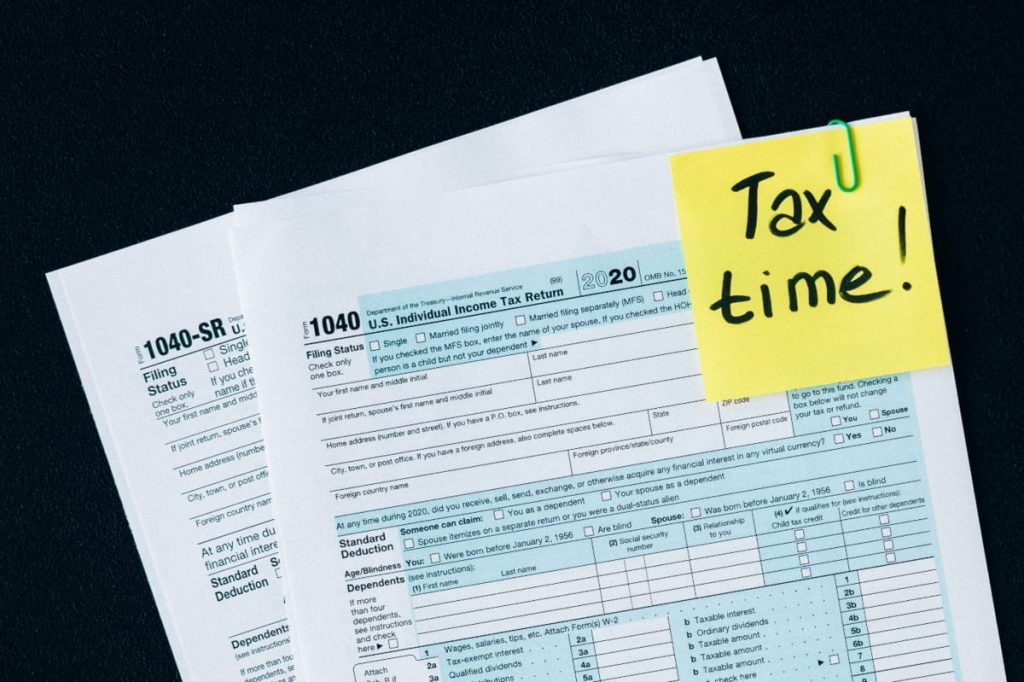Tax season – two words that most of us here in the United States dread. As business owners, it’s not like it’s any better. Arguably, it can be a whole lot worse, especially if we don’t have an accountant to handle it for us just yet. Thankfully, there are ways to figure out some of the different credits that we can get.

Today, as you can probably already guess, we’ll be focusing on the ERTC, otherwise known as the employee retention tax credit. It was instated back in 2020, and the eligibility window was through 2022. That said, claims can still be filed, so it’s important to figure out whether or not you’re eligible!
You can read a bit more about how credits work in the first place on this page, https://www.jstor.org/stable/prancotamamnta.104.116. We’ll be doing our best to explain it as well though, of course, so stay tuned to find out how the ERTC works.
Breaking it Down: What is the ERTC?
To start off, let’s take a look at what this tax credit is in the first place. It’s a type of refundable credit that is able to be claimed both by tax-exempt organizations and businesses, so there are a lot of folks who are eligible just based on that. Obviously, though, there’s a little more to the story.
It was created to incentivize employers to pay their employees wages even if their businesses were closed during the height of the pandemic. After all, quarantine forced a lot of doors to close. At first, many employers were just firing or laying off a ton of their workers, starting what ended up becoming a full-blown economic crisis.
Thus, the CARES Act was passed, which did include the ERTC. Just note that it applies only to the organizations that paid qualified wages during the period of 2020 to 2022. Be mindful of this fact, because if you claim the credit and weren’t actually eligible, then you will have to pay it all back.

How Does Qualification Work?
Next, let’s take a look at how we can figure out whether or not we qualify. The main thing to note here is that it largely applies to any organizations who had to shut down during the mandatory quarantine period in 2020. Obviously, since there were still additional measures taken through 2021 and 2022 to prevent the spread of Covid 19, those years are also included.
As far as the specifics of CARES, you can check out this page, https://www.kff.org/coronavirus-covid-19/issue-brief/the-coronavirus-aid-relief-and-economic-security-act-summary-of-key-health-provisions/, to get more details. However, let’s turn our attention to some specifics of qualification for now.
In order to be eligible, the business or organization in question must have lost income in the years of the pandemic and be able to prove that actionably. While this might sound rather intimidating at first glance, it’s not all that difficult to do. Having receipts and total net earnings recorded is probably something that you’ve done already, so it’s a matter of gathering them for the years in question.
Finally, if you qualify as a startup and/or recovery business in the later quarters of 2021 (that being the third and fourth), then you may be eligible for this credit. If you’re not sure, though, it may be time to consult with a financial expert or to talk to the Internal Revenue Service.

How it Works
Now that we’ve covered the basics of how this tax credit works, let’s take a look at how it works in practice. As with most of the things that have to do with our taxes here in the United States, it’s pretty important to understand that the only official way to apply for this credit is through the official paperwork. Thankfully, there is a way to do this online.
That said, navigating these spaces isn’t always easy. So, if you’re looking to learn more about how the process works, then you might want to check in with a financial advisory group. Not all of us have accountants on hand after all, and that can be quite a pricey venture.
Just keep in mind that there have been a lot of scams in regard to many of the parts of the CARES Act, this aspect of it very much included. In the next section, we’ll help you identify what those might look like and how important it is to avoid them.
Scams and the Employee Retention Tax Credit
Perhaps the biggest red flag that we have noticed quite a lot is that there are companies trying to encourage pretty much every single business or organization to apply for this credit – even if they are highly unlikely to be eligible. While you may end up getting money in the immediate way, you would end up having to pay all of it back. Needless to say, it’s really not worth it.
What else should you watch out for, though? For the most part, be wary of any calls, texts, or emails that you get from an unknown source. Spam calls have been huge in the past few decades, but these days, it’s shifted to e-mails and SMS messages as well. Always be vigilant about these sorts of things and remember that the Internal Revenue Service won’t contact you in these methods.
Additionally, if there is a group who is telling you to pay an exorbitant up-front fee to “claim” your ERTC, then that’s not legitimate either. You don’t have to do that in order to access this credit – when in doubt, go to the IRS’ website.
If you are going to a third-party site, then it should ideally be to get advice and to understand whether or not you will qualify. Really, financial experts are who we can rely on in that sense.
This upcoming tax season, hopefully you won’t feel as anxious about this sort of stuff. Remember that if you qualify for the employee retention tax credit but you haven’t claimed it yet, you don’t have to wait until next February!



Recent Comments